 Palo Alto Stanford Heritage
Palo Alto Stanford Heritage 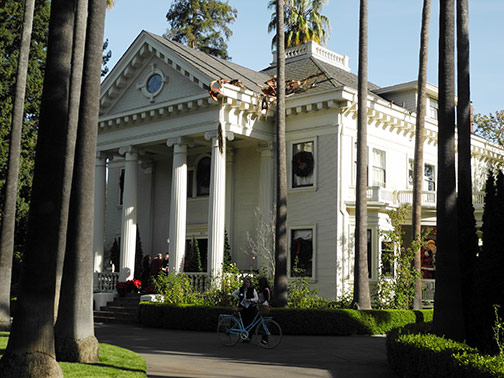
Architect: T. Patterson Ross
If you were to close your eyes and imagine a house on University Avenue, it would undoubtedly be the Squire House. John Adams Squire, the first owner, was a lecturer in Classics at Stanford and a direct descendant of President John Adams. Heir to the Swift meat–packing fortune, Squire and his wife, Georgiana hired San Francisco architect T. Paterson Ross to build their 7,000 square foot mansion at a cost of $18,000 in 1904.
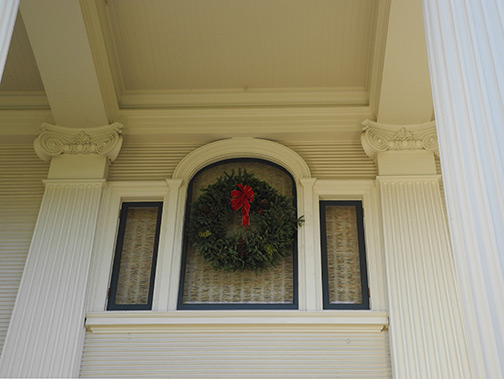
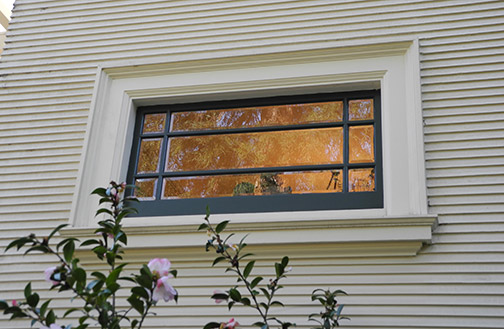
Ross was an architect of regional significance having designed over 200 buildings in the Bay Area. A native of Edinburgh, Scotland, he came to San Francisco in 1890 at the age of 12. In 1890, Ross began working as a draftsman for architect John Gash. Fame came quickly and, by 1892, he designed the Cypress Lawn Chapel, “a splendid example of his early work.” His designs for the Sing Chong and Sing Fat buildings determined the pagoda shaped buildings we see in Chinatown. After designing the Temple of the San Francisco Shriners on Geary Street, Ross, a Shriner himself, requested that his name be placed on the cornerstone. The request was denied. Afterwards a visiting scholar detected, chiseled in Arabic script above the temple’s entry, the following passage: “Great is Allah and Great is Ross the Architect.”
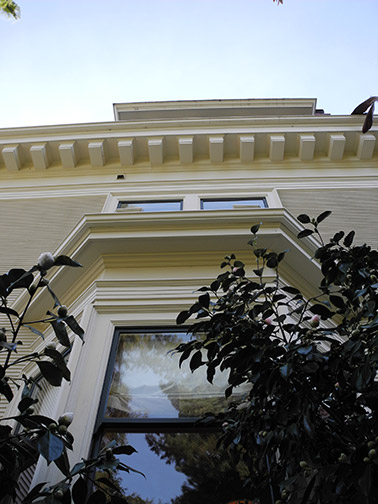
And great, indeed, is 900 University Avenue. This formal wood–clad Classic Roman Revival house proclaims the owners’ interests and economic status. A palm–lined drive leads to the front portico, which is supported by fluted redwood columns with imitative composite capitals and by pilasters.
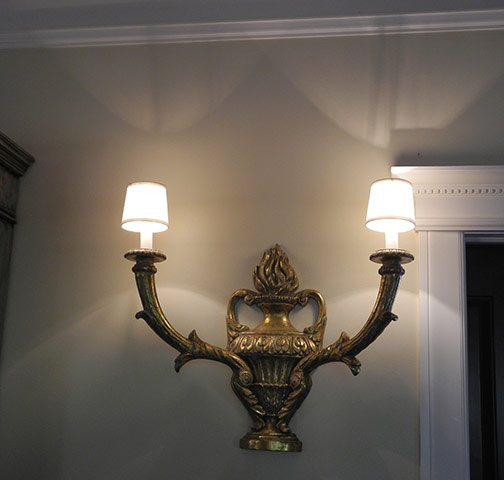
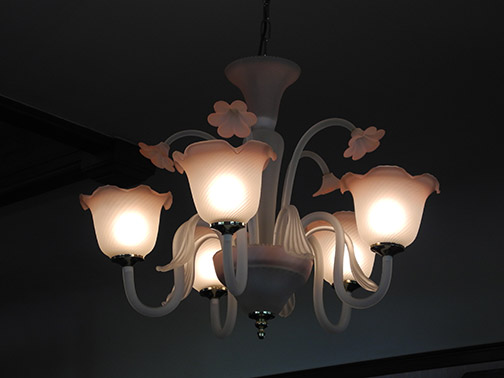
The impressive front entablature and triangular pediment are gabled. The elaborate cornice has massive coffer–type dentils. There is a Roman Palladian window above the front door and an oval leaded glass window in the attic. In 1906, the widow’s walk on the roof provided a spectacular view of San Francisco, 36 miles away.
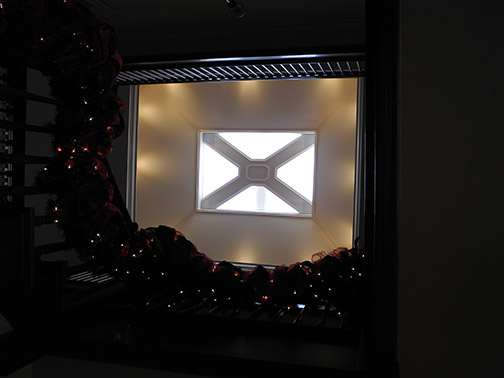
Behind the formal façade, the house is friendly and comfortable. Standing in the foyer, as soft afternoon light is refracted through leaded glass sidelights and windows, we see a staircase lit by an attic skylight. The 20’ x 40’ living room has an elegant fireplace with a mahogany mantel replicating the classic columns and design of the front entry.
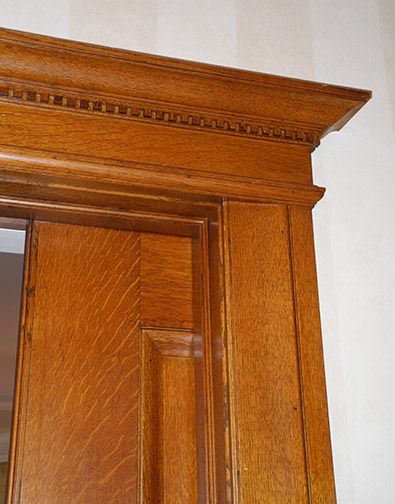
Doors are oak and mahogany and the floors are quarter–sawn white oak. Pocket doors separate the rooms, including Mr. Squire’s study. The dining room features oak paneling, a beamed ceiling, a built–in sideboard and original radiators.
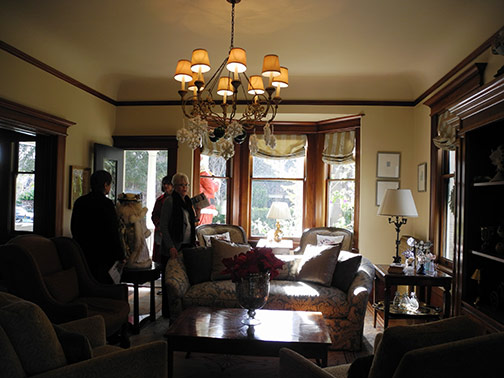
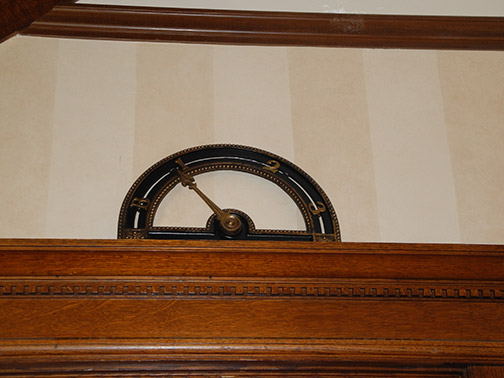
Adjacent is a comfortable parlor where ladies gathered while their husbands met in the living room. Its door leads to the verandah with Tuscan style columns and to the porte–cochere.
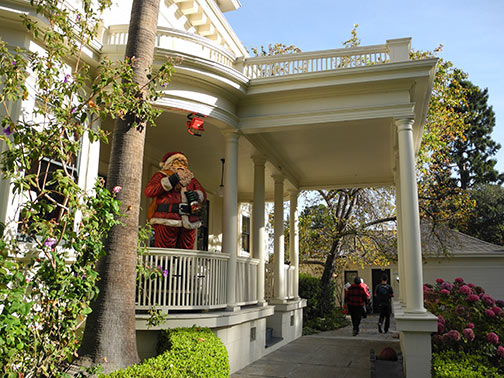
To the rear of the verandah, is a traditional garden surrounding a spacious deck with fireplace, a swimming pool and seating areas. The Squires’ gardener, “Chinaman Jim,” worked seven days a week maintaining the gardens. Originally one of Jane Stanford’s gardeners, he lived in a hut along San Francisquito Creek.
Threatened by demolition in 1973, the Squire House, at 900 University Avenue, was saved by a citizen’s committee. This committee raised $90,000, and the City contributed $118,000 towards restoration. The house was then returned to private ownership with a façade easement ensuring preservation of the exterior and the grounds. It is further protected by the Mills Act which gives owners a tax break as long as they allow an annual public tour and do not alter the exterior.
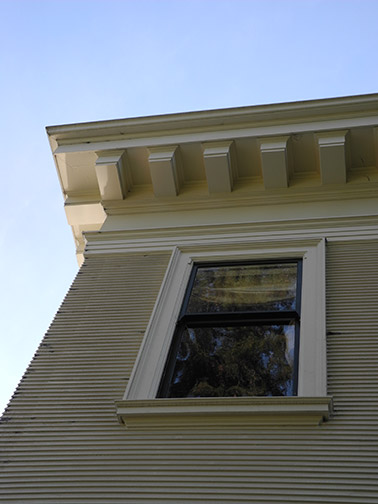
The public campaign to save the Squire House roused general interest in historic preservation in Palo Alto and led to the passage of the City’s Historic Preservation Ordinance in 1979. As a result of the Ordinance, a city survey identified 500 historic residences north of Embarcadero and in College Terrace. This list is codified in Palo Alto’s Historic Inventory, which ranks houses from 1 to 4 according to architectural and historic merit. The 1979 ordinance also established the Historic Resources Board (HRB), which conducts mandatory reviews of any additions or alterations to Category 1 and 2 houses listed on the Historic Inventory. Compliance with the HRB’s suggestions is, however, voluntary. A homeowner’s decision to demolish an historic building can be appealed, thus delaying demolition for up to one year.
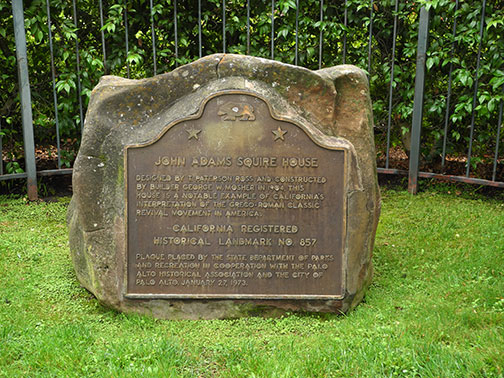
According to Steve Staiger, city archivist/historian, making preservation voluntary is “…why we have some of the problems that we’ve had.” He believes that “Most of the historic buildings that have been identified have no protection.” A good example of Staiger’s observations was the 2011 demolition of Palo Alto’s oldest house, the Juana Briones House, despite the fact that it was “protected” by the Palo Alto’s Preservation Ordinance and the Mills Act and was a California Registered Historical Landmark.
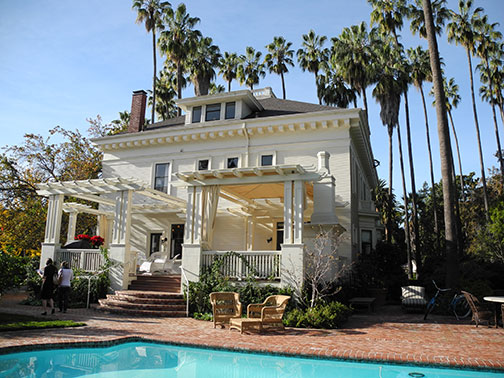
The Squire House is as full of life today as it was 112 years ago when the three Squire girls and their beaus roller–skated in the attic. It is is listed on the National Register of Historic Places and the Palo Alto Historic Inventory. ©
PAST, December 7, 2012
E-mail us at either webmaster@pastheritage.org or president@pastheritage.org.
![]() Palo Alto Stanford Heritage—Dedicated to the preservation of Palo Alto's historic buildings.
Palo Alto Stanford Heritage—Dedicated to the preservation of Palo Alto's historic buildings.
Copyright © 2012 Palo Alto Stanford Heritage. All rights reserved.